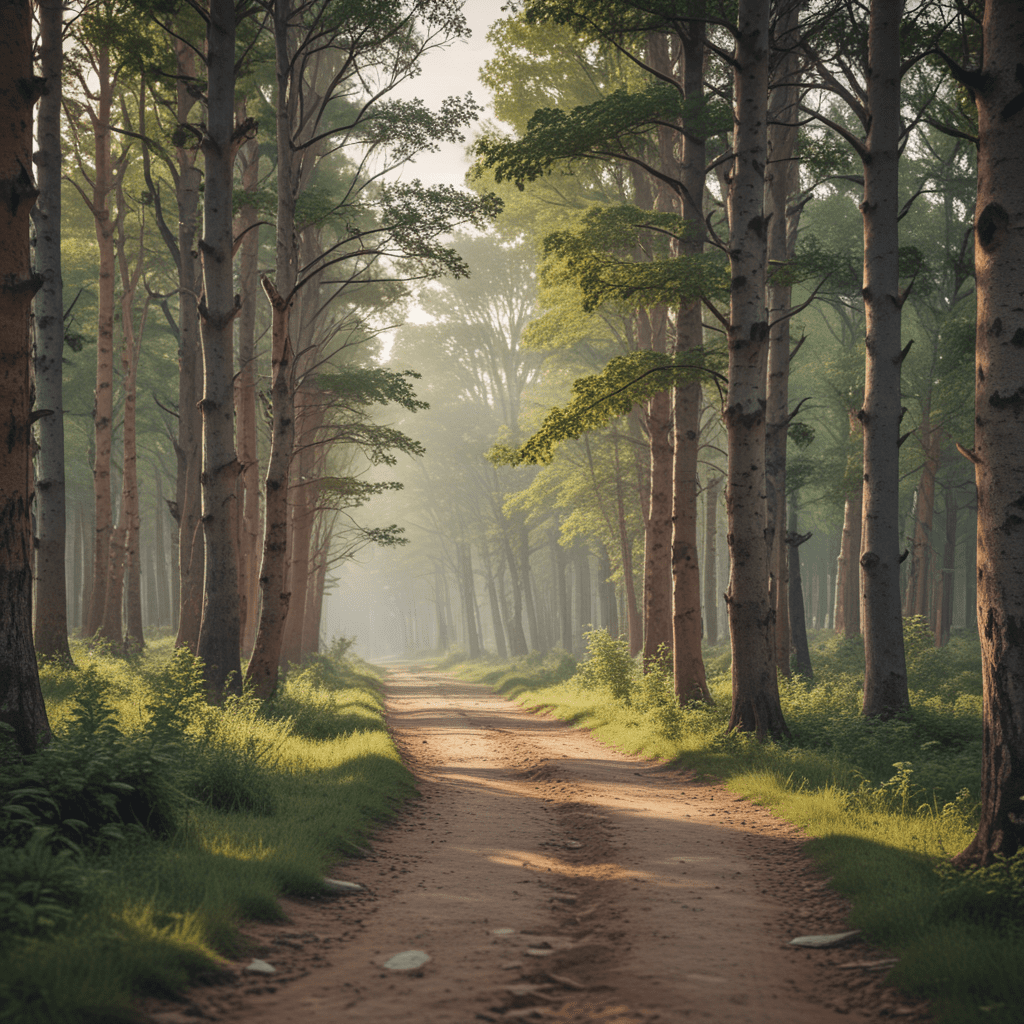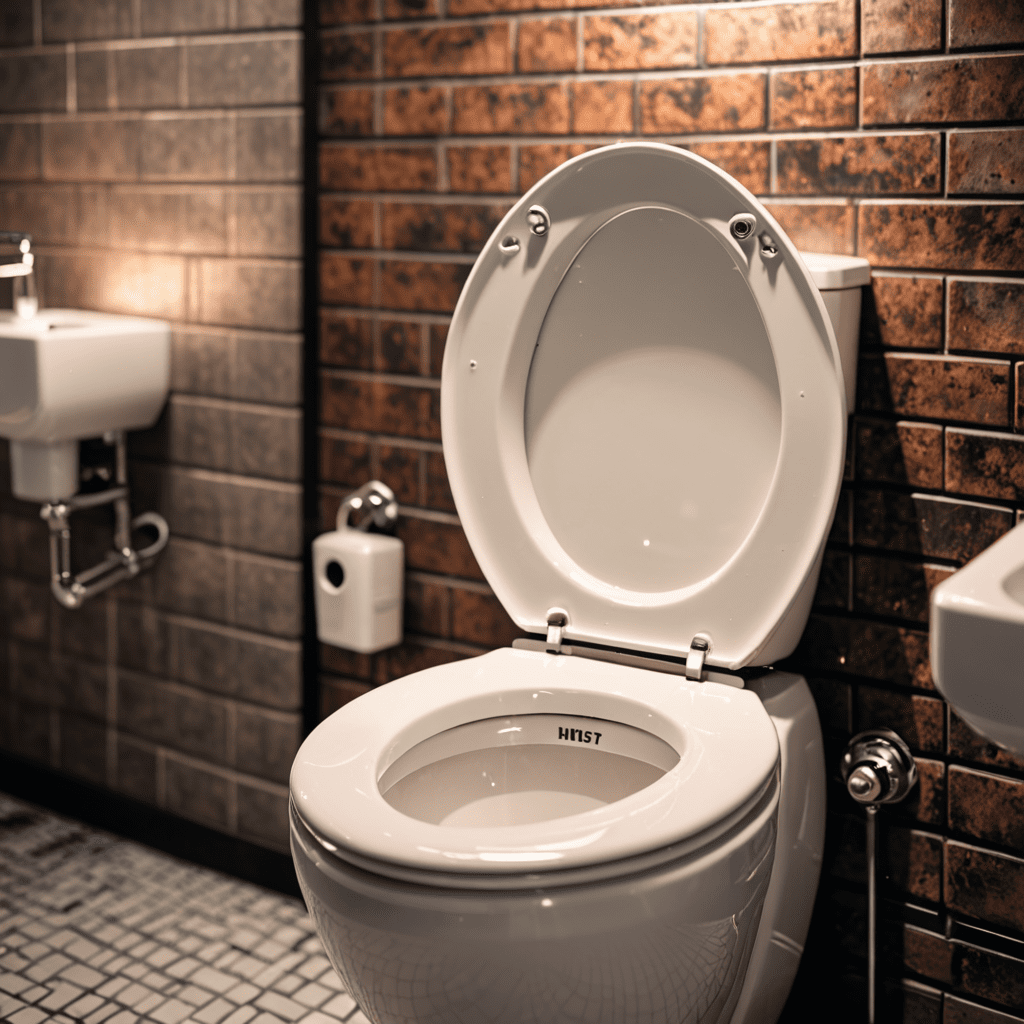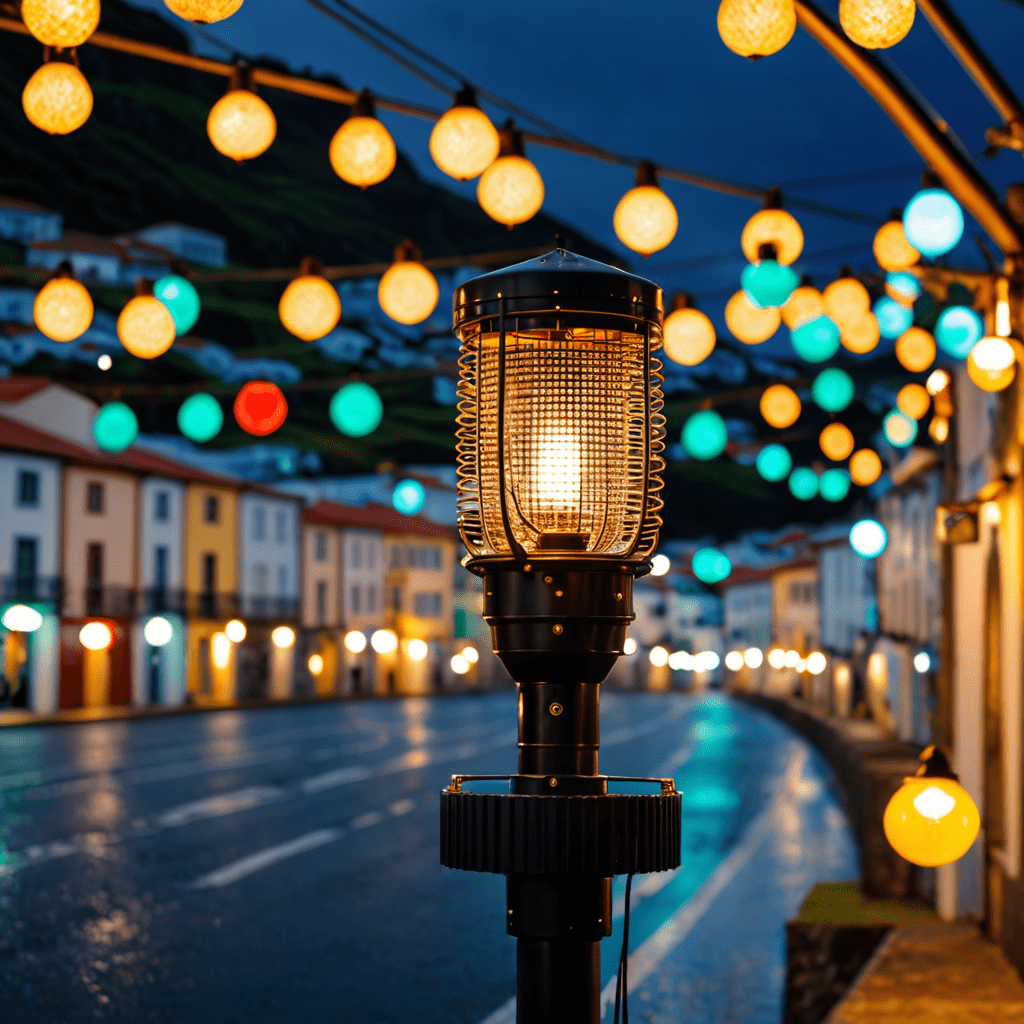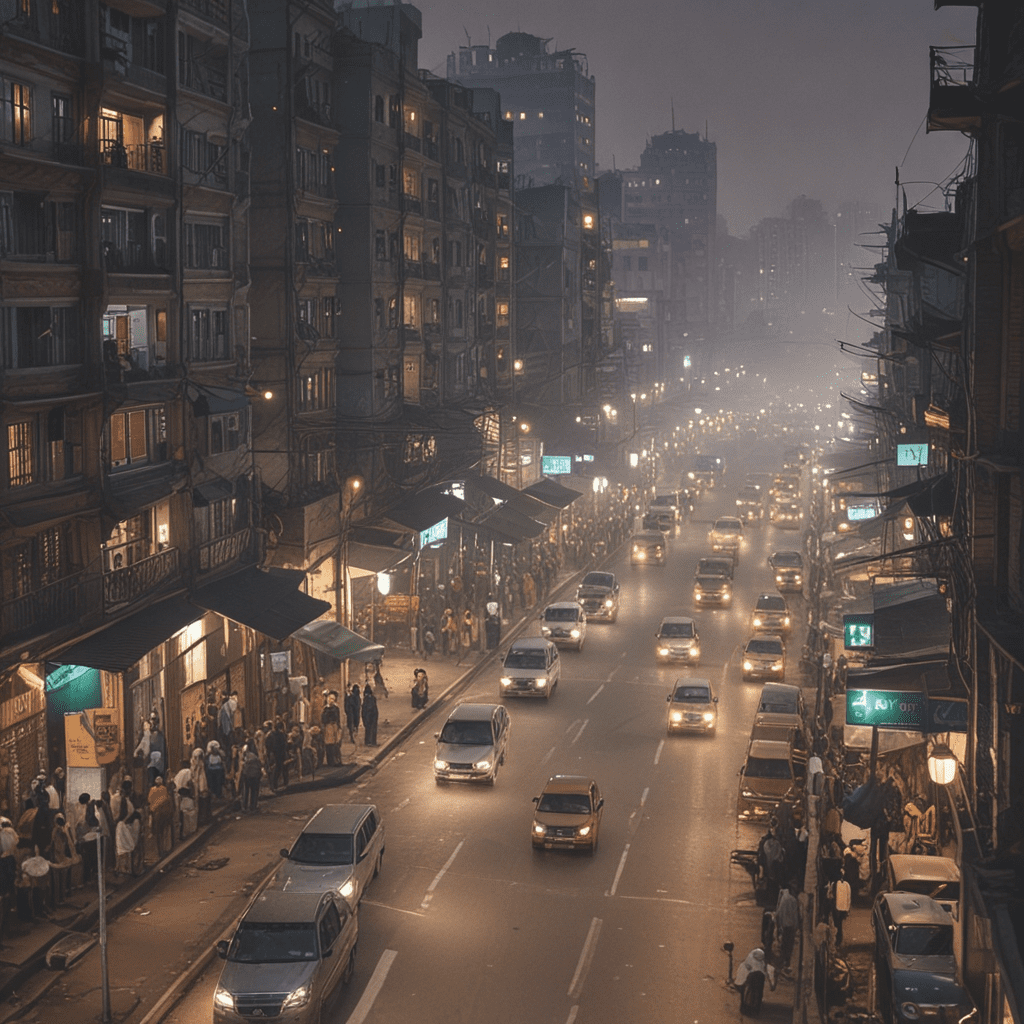Exploring the Belarusian National Parks
Belarus, a landlocked country in Eastern Europe, is a treasure trove of natural beauty and cultural heritage. Its national parks offer a diverse range of landscapes, from ancient forests to pristine lakes, and are home to an abundance of flora and fauna. Here's an exploration of some of the most captivating national parks in Belarus:
1. Belarus's National Park System
Belarus boasts a comprehensive national park system, with eight designated national parks covering over 1 million hectares of land. These protected areas are dedicated to preserving the country's unique ecosystems, promoting sustainable tourism, and safeguarding the well-being of both plant and animal life.
2. Belovezhskaya Pushcha National Park
Belovezhskaya Pushcha National Park, listed as a UNESCO World Heritage Site, is one of the most significant national parks in Belarus. It's renowned for being the last remaining primeval forest in Europe, with trees reaching heights of over 50 meters. The park is home to a diverse array of wildlife, including European bison, elk, and lynx.
3. Pripyatsky National Park
Pripyatsky National Park, located in the southern part of Belarus, is known for its vast wetlands, meandering rivers, and floodplains. The park is a haven for waterfowl and other migratory birds, making it a paradise for birdwatchers. Visitors can also explore the park's rich cultural heritage, including ancient settlements and archaeological sites.
4. Braslav Lakes National Park
Braslav Lakes National Park, in northwestern Belarus, boasts over 300 interconnected lakes, making it a popular destination for water sports enthusiasts. The park's crystal-clear waters and sandy beaches provide ample opportunities for swimming, fishing, and kayaking. Visitors can also delve into the region's history by visiting ancient castle ruins and archaeological sites.
5. Naroch National Park
Naroch National Park, in the northwestern part of Belarus, is home to Lake Naroch, the largest lake in the country. The park's scenic landscapes offer a tranquil retreat, with rolling hills, dense forests, and picturesque villages. Visitors can enjoy hiking, cycling, and wildlife watching amidst the park's serene surroundings.
6. Padlesye National Park
Nestled in the southern part of Belarus, Padlesye National Park encompasses a mosaic of wetlands, forests, and meadows. The park's vast marshlands provide habitat for a multitude of rare and endangered species, including the European otter and the black stork. Visitors can explore the park's diverse ecosystems through guided tours, hiking trails, and birdwatching platforms.
7. Pribuzhskoye Polesie National Park
Pribuzhskoye Polesie National Park, located in the southwestern region of Belarus, is a unique and ecologically significant landscape. The park encompasses a range of habitats, including forests, peatlands, and meadows, which support a wide variety of plant and animal life. Visitors can immerse themselves in the park's unspoiled nature through hiking, cycling, and kayaking activities.
8. Berezina National Park
Berezina National Park, in central Belarus, is renowned for its historical significance. The park was the site of a pivotal battle during the Napoleonic Wars, and its monuments and memorials commemorate the lives lost. Beyond its historical importance, the park boasts a beautiful natural landscape, featuring the Berezina River and its scenic surroundings. Visitors can explore the park's diverse habitats, including forests, wetlands, and meadows, through a network of hiking and cycling trails.
9. Belovezhskaya Forest UNESCO World Heritage Site
The Belovezhskaya Forest, spanning the border between Belarus and Poland, is recognized as a UNESCO World Heritage Site for its exceptional cultural and ecological value. The forest is a remnant of the primeval forests that once covered much of Europe and is home to a unique assemblage of flora and fauna. Visitors can explore the forest's diverse habitats, including ancient oak and hornbeam woodlands, through guided tours and self-guided trails.
10. Sustainable Tourism in Belarusian National Parks
Sustainable tourism is a cornerstone of the management strategy for Belarusian national parks. Visitors are encouraged to explore these natural treasures responsibly, minimizing their environmental impact and supporting local communities. Park authorities implement measures to preserve the delicate ecosystems, such as regulating visitor numbers, establishing designated trails, and promoting ethical wildlife viewing practices. By embracing sustainable tourism principles, visitors can contribute to the long-term conservation of these pristine natural areas.
Frequently Asked Questions
Q: What are the best times to visit the Belarusian national parks?
A: Spring and autumn offer pleasant temperatures and vibrant foliage, while summer is ideal for water-based activities. Winters can be cold with limited accessibility to some areas.
Q: How can I access the national parks?
A: Most national parks are accessible by road, with designated entrances and visitor centers. Some parks also offer guided tours and transportation services.
Q: Are there any fees for visiting the national parks?
A: Yes, entrance fees vary depending on the park and the duration of the visit. Fees contribute to the conservation and management of these protected areas.
Q: What amenities are available in the national parks?
A: Visitor centers provide information, maps, and guided tours. Parks may also have camping grounds, picnic areas, and designated hiking and cycling trails. Some parks offer additional amenities such as boat rentals, observation towers, and educational exhibits.



